Windows内核调试器原理浅析(二)
——
if (NT_SUCCESS(ManipulateState.u.Continue.ContinueStatus) != FALSE) {
return ContinueSuccess;
} else {
return ContinueError;
}
break;
case DbgKdContinueApi2:
if (NT_SUCCESS(ManipulateState.u.Continue2.ContinueStatus) != FALSE) {
KdpGetStateChange(&ManipulateState,ContextRecord);
return ContinueSuccess;
} else {
return ContinueError;
}
break;
case DbgKdRebootApi:
KdpReboot();
break;
case DbgKdReadMachineSpecificRegister:
KdpReadMachineSpecificRegister(&ManipulateState,&MessageData,ContextRecord);
break;
case DbgKdWriteMachineSpecificRegister:
KdpWriteMachineSpecificRegister(&ManipulateState,&MessageData,ContextRecord);
break;
case DbgKdSetSpecialCallApi:
KdSetSpecialCall(&ManipulateState,ContextRecord);
break;
case DbgKdClearSpecialCallsApi:
KdClearSpecialCalls();
break;
case DbgKdSetInternalBreakPointApi:
KdSetInternalBreakpoint(&ManipulateState);
break;
case DbgKdGetInternalBreakPointApi:
KdGetInternalBreakpoint(&ManipulateState);
break;
case DbgKdGetVersionApi:
KdpGetVersion(&ManipulateState);
break;
case DbgKdCauseBugCheckApi:
KdpCauseBugCheck(&ManipulateState);
break;
case DbgKdPageInApi:
KdpNotSupported(&ManipulateState);
break;
case DbgKdWriteBreakPointExApi:
Status = KdpWriteBreakPointEx(&ManipulateState,
&MessageData,
ContextRecord);
if (Status) {
ManipulateState.ApiNumber = DbgKdContinueApi;
ManipulateState.u.Continue.ContinueStatus = Status;
return ContinueError;
}
break;
case DbgKdRestoreBreakPointExApi:
KdpRestoreBreakPointEx(&ManipulateState,&MessageData,ContextRecord);
break;
case DbgKdSwitchProcessor:
KdPortRestore ();
ContinueStatus = KeSwitchFrozenProcessor(ManipulateState.Processor);
KdPortSave ();
return ContinueStatus;
case DbgKdSearchMemoryApi:
KdpSearchMemory(&ManipulateState, &MessageData, ContextRecord);
break;
读写内存、搜索内存、设置/恢复断点、继续执行、重启等等,WinDBG里的功能是不是都能实现了?呵呵。
每次内核调试器接管系统是通过调用在KiDispatchException里调用KiDebugRoutine(KdpTrace),但我们知道要让系统执行到KiDispatchException必须是系统发生了异常。而内核调试器与被调试系统之间只是通过串口联系,串口只会发生中断,并不会让系统引发异常。那么是怎么让系统产生一个异常呢?答案就在KeUpdateSystemTime里,每当发生时钟中断后在HalpClockInterrupt做了一些底层处理后就会跳转到这个函数来更新系统时间(因为是跳转而不是调用,所以在WinDBG断下来后回溯堆栈是不会发现HalpClockInterrupt的地址的),是系统中调用最频繁的几个函数之一。在KeUpdateSystemTime里会判断KdDebuggerEnable是否为TRUE,若为TRUE则调用KdPollBreakIn判断是否有来自内核调试器的包含中断信息的包,若有则调用DbgBreakPointWithStatus,执行一个int 0x3指令,在异常处理流程进入了KdpTrace后将根据处理不同向内核调试器发包并无限循环等待内核调试的回应。现在能理解为什么在WinDBG里中断系统后堆栈回溯可以依次发现KeUpdateSystemTime->RtlpBreakWithStatusInstruction,系统停在了int 0x3指令上(其实int 0x3已经执行过了,只不过Eip被减了1而已),实际已经进入KiDispatchException->KdpTrap,将控制权交给了内核调试器。



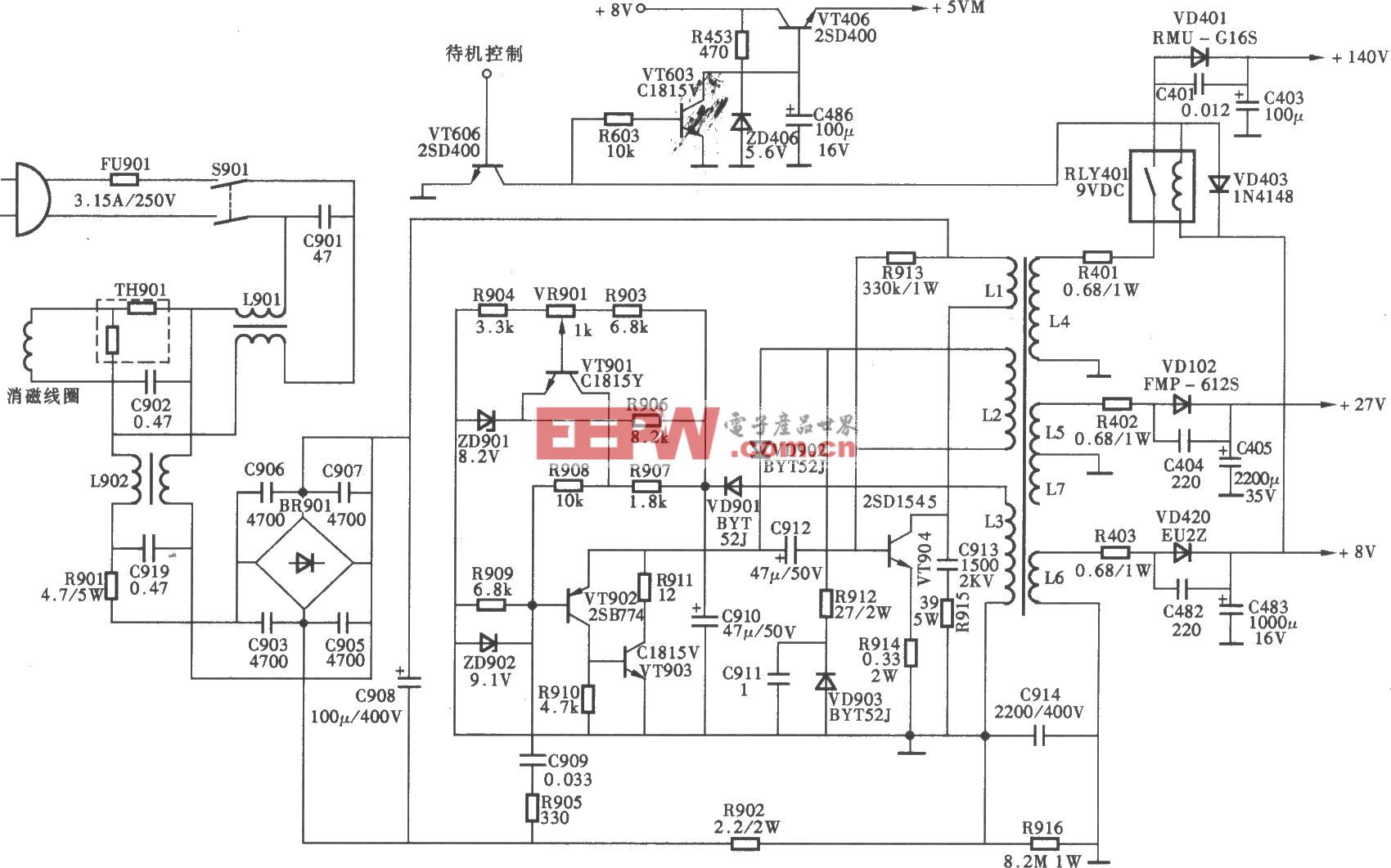
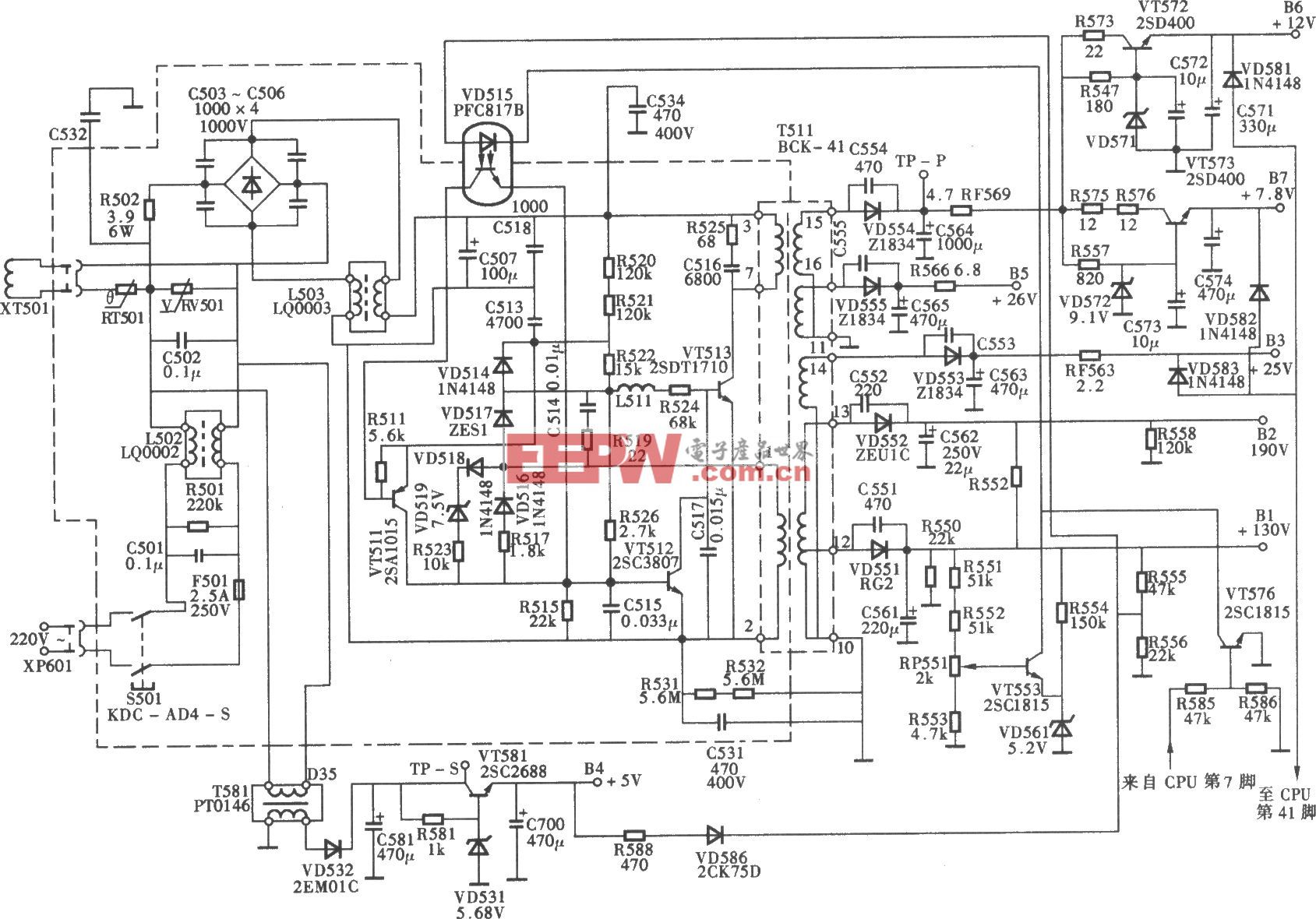

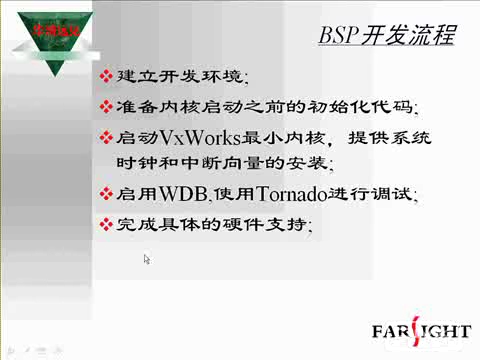
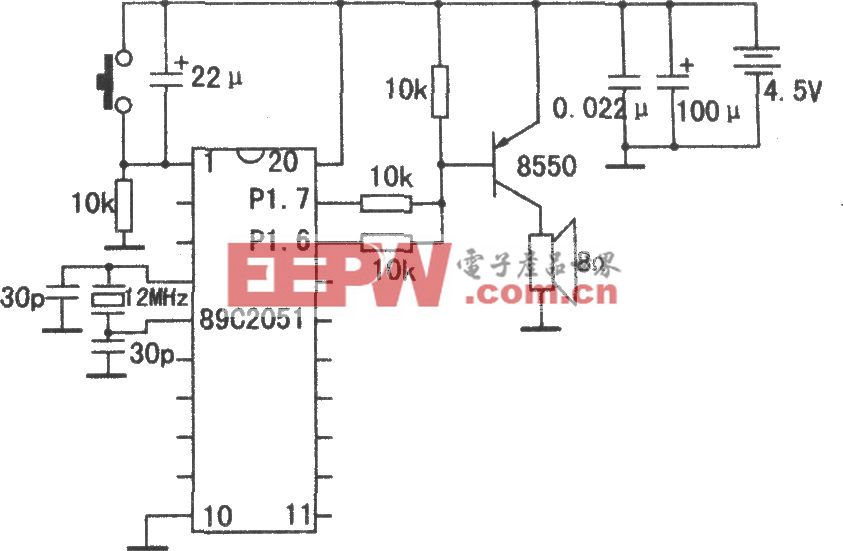


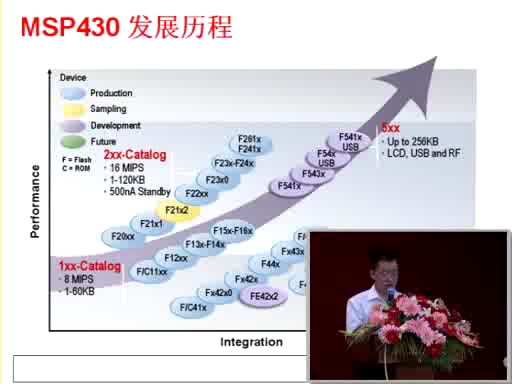
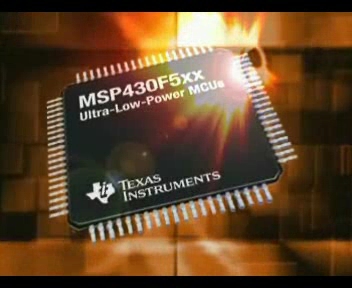
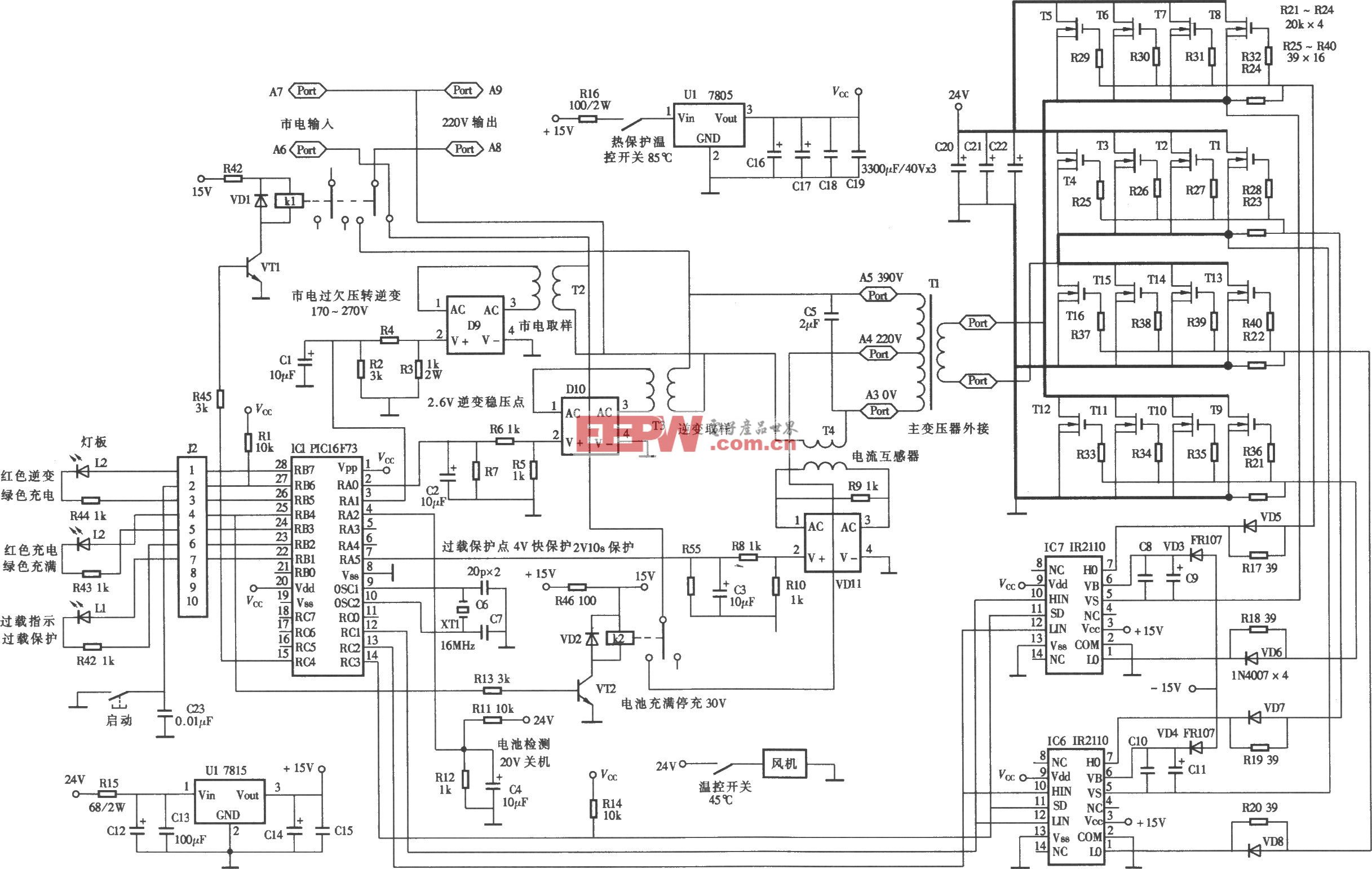

评论